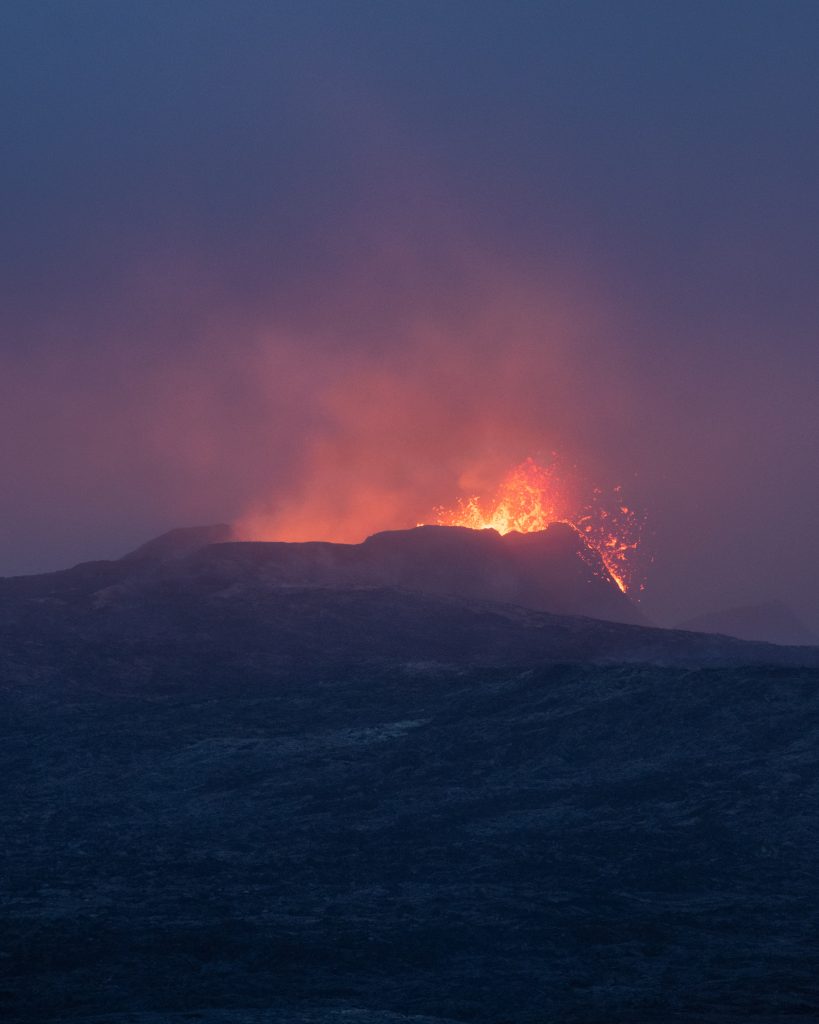4.1 Genre, social action, and access
In this section, we cover commonplace technical communication genres, each of which you will practice this semester. Even as we describe and practice genre conventions–which are based in practice and audience expectations–it is important to approach each writing task with an analysis of the rhetorical situation. In other words, even with genre conventions to help guide your choices, you must still make choices based on the purpose, the context, the audience, etc.
One reason that it is still important to keep the rhetorical situation in mind, and to be flexible and adaptable to different situations, is that genre conventions are not “rules” or templates. They are based on collective expectations and, likely, some sense of purpose or function related to the purpose of that document and its context. Over time, audiences expect to see certain “moves” in a genre with which they are familiar. These moves developed organically–and they can change, adapt, and adjust like anything else.
Even within the common constraints of a genre, technical communication is still user and audience focused. And, when given genre conventions and guidelines, it is important to continue to question how documents either work towards justice and equity or how they have historically worked against these things.
Some things that impact genre conventions or typical genre “moves”:
- New or developing technologies
- Different audiences
- Growing awareness of or attention to accessibility
- Intentional goal of surprising your audience or going against their expectations
- Recognizing the genre’s relationship to justice or injustice

Revising, editing, and remixing
Recent research in professional communication positions most writing that happens in the workplace as collaborative, multimodal editing. So, for technical and professional communicators, this means that often you will be working with an existing document rather than creating a new one. Further, you will often be working with a team. Instead of being asked to generate a report or create a set of instructions, for example, you will be asked to work together with a team to significantly revise, improve, rewrite, or remix existing documents for a specific audience or in response to specific changes and concerns.
Why, then, talk about editing in a section on genre?
Often, your work will not be to create one of the genres discussed in this section “from scratch”; rather, you will be asked to take a document that falls into a genre and revise or remix it for a new audience, specifically considering 1) that audience’s needs, expectations, and culture and 2) how this document aligns with concerns for diversity, equity, and inclusion.
So, even though you will often be working with an existing document, it’s important to understand genre conventions and to practice some common genres. You may even be asked to revise a document in order to better fit with a specific genre for a specific audience. So much of genre grows out of audience expectations and cultural conventions. Think about a genre that you interact with frequently (a cover letter is a common genre, for example, or an academic essay). At some point you’ve probably written a cover letter, and you’ve certainly written an essay for a writing class. How do you know what information to include? How do you know whether to use single or double spacing, to indent the beginning of a paragraph, or to use headings? A podcast is a good example of an emergent genre that has developed alongside the technology necessary to make podcasts easy to make and to access. What are some features of that genre? Are there ways to “do” a podcast that follow certain audience expectations or conventions? Are there ways to create a podcast that would be surprising or even jarring to an audience?
Genres develop over time and are based on the expectations that an audience has. Those expectations come from interacting with documents that are part of the same genre: documents that serve the same purpose or have the same goals or are part of a similar context. Those expectations then impact how an audience will interact with a text (when I listen to a podcast about true crime, I expect certain features based on the other podcasts that I’ve listened to before). In this way, experience shapes expectations, and expectations impact how easy it is for an audience to interact with or understand a text.
It is important to assess each unique rhetorical situation; it is also important to become familiar with the expectations and guidelines of a genre, even if you plan on pushing against or changing some of those expected features. The work of understanding and analyzing a rhetorical situation AND the work of familiarizing yourself with genres both allow you, as a technical communicator, to make choices that increase access and equity, and that work towards social justice.
In this section, we look at some common genres in technical communication: technical descriptions, instructions, proposals, reports, and presentations. This text describes common moves, features, and expectations of each genre, while also considering how technical communicators can respond to specific rhetorical situations and consider diversity, equity, and inclusion within each genre.

